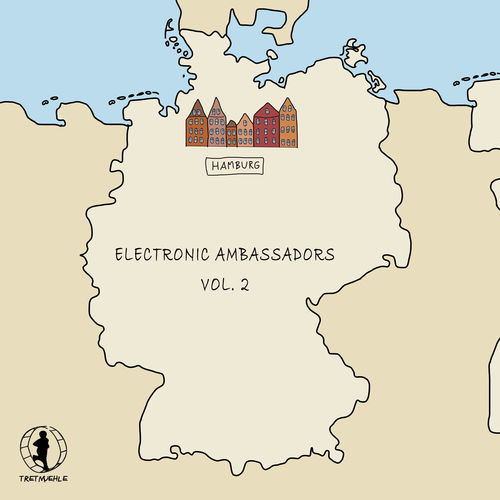
All About Leo
Leo, the lion, is an animal that has fascinated humans for centuries. Known for its majestic mane and powerful presence, this big cat is not only a symbol of strength and courage but also a subject of much curiosity. Let’s delve into the various aspects of Leo, exploring its habitat, behavior, diet, and conservation status.
Habitat

The lion is native to Africa and Asia, with the majority of the population found in the African savannas. These grasslands provide an ideal habitat for lions, offering plenty of space for hunting and socializing. However, due to habitat loss and human-wildlife conflict, lion populations have been declining in many regions.
| Region | Estimated Lion Population |
|---|---|
| Africa | 20,000-30,000 |
| Asia | 100-200 |
Behavior

Lions are social animals, living in groups called prides. A pride typically consists of related females, their cubs, and a few dominant males. The females are responsible for hunting and raising the cubs, while the males protect the pride and compete for mating rights.
One of the most fascinating aspects of lion behavior is their roar. Lions can produce a loud, resonant sound that can be heard up to 5 miles away. This roar serves multiple purposes, including marking territory, attracting mates, and intimidating competitors.
Diet

Lions are carnivorous predators, primarily feeding on large herbivores such as zebras, wildebeest, and antelopes. They are known for their hunting techniques, which often involve working together as a team. Lions use their powerful bodies and sharp claws to bring down their prey, and then share the meal with the rest of the pride.
While lions are opportunistic feeders, they can go without food for several days. This ability to survive on limited resources is one of the reasons they have been able to thrive in various habitats across Africa and Asia.
Conservation Status
The lion is classified as “Vulnerable” on the IUCN Red List of Threatened Species. This classification reflects the significant decline in lion populations over the past few decades. The main threats to lions include habitat loss, human-wildlife conflict, and poaching for bushmeat and trophies.
Efforts are being made to protect lions and their habitats. Conservation organizations work with governments and local communities to implement strategies such as anti-poaching patrols, habitat restoration, and community-based conservation programs. These initiatives aim to ensure that future generations can continue to appreciate the beauty and majesty of the lion.
Conclusion
Leo, the lion, is a remarkable creature that has captured the imagination of people for centuries. From its powerful presence and social behavior to its role as a top predator in the African savannas, the lion is a symbol of strength and resilience. By understanding and protecting this magnificent animal, we can ensure that its legacy continues for generations to come.




